Explore Blaufränkisch – Charms of Croatian Frankovka
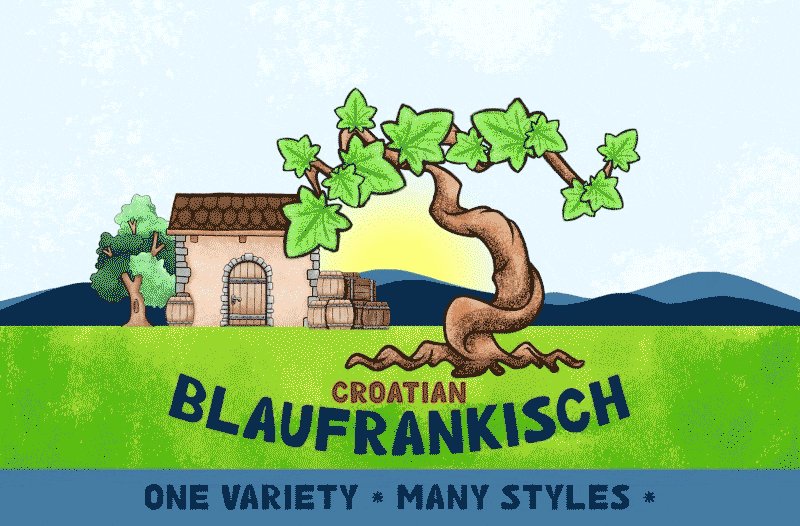 An enigmatic grape variety awaits discovery within the heart of Central Europe’s vineyard landscapes—Blaufränkisch. Journey with us as we explore the captivating world of Blaufränkisch, its diverse flavours, historical tapestry, and intriguing counterpart in Croatia—Frankovka. From the sun-drenched vineyards of Austria and Hungary to the rolling hills of Croatia, we delve into the nuances that make Blaufränkisch a celebrated red wine treasure.
An enigmatic grape variety awaits discovery within the heart of Central Europe’s vineyard landscapes—Blaufränkisch. Journey with us as we explore the captivating world of Blaufränkisch, its diverse flavours, historical tapestry, and intriguing counterpart in Croatia—Frankovka. From the sun-drenched vineyards of Austria and Hungary to the rolling hills of Croatia, we delve into the nuances that make Blaufränkisch a celebrated red wine treasure.
What does Blaufränkisch taste like?
Expect earthy and dark fruit flavours, not too distant from many Cabernet Sauvignon wines. This is common for many good Blaufränkisch wines, and the finest have a clear mineral and herbal presence.
Blaufränkisch is a red wine grape variety that is known for producing wines with a range of flavours and characteristics. The taste of Blaufränkisch wines varies based on factors such as the specific region where the grapes are grown, the winemaking techniques used, and the age of the wine. However, these are some general characteristics often associated with Blaufränkisch wines:
- Fruit Flavors
Blaufränkisch wines typically exhibit a mix of dark fruit flavours, such as black cherry, blackberry, and plum. These flavours can be ripe and concentrated, contributing to the wine’s richness.
- Spice and Herb Notes
Many Blaufränkisch wines have subtle spice and herbaceous notes, including hints of black pepper, cloves, and even a touch of dried herbs like thyme or rosemary.
- Acidity
Blaufränkisch wines often have a good level of acidity, which helps to balance out the fruitiness and contributes to the wine’s overall freshness.
- Tannins
The tannins in Blaufränkisch wines can vary depending on factors like the ripeness of the grapes and the winemaking process. Generally, the tannins can be present but not overly aggressive, lending structure to the wine.
- Mineral Notes
Depending on the region and terroir, Blaufränkisch wines can also exhibit mineral notes, which add complexity to the flavour profile. These mineral qualities might be reminiscent of slate, gravel, or earth.
- Ageability
Blaufränkisch wines can often age well, developing more tertiary flavours like dried fruit, leather, and tobacco as they mature.
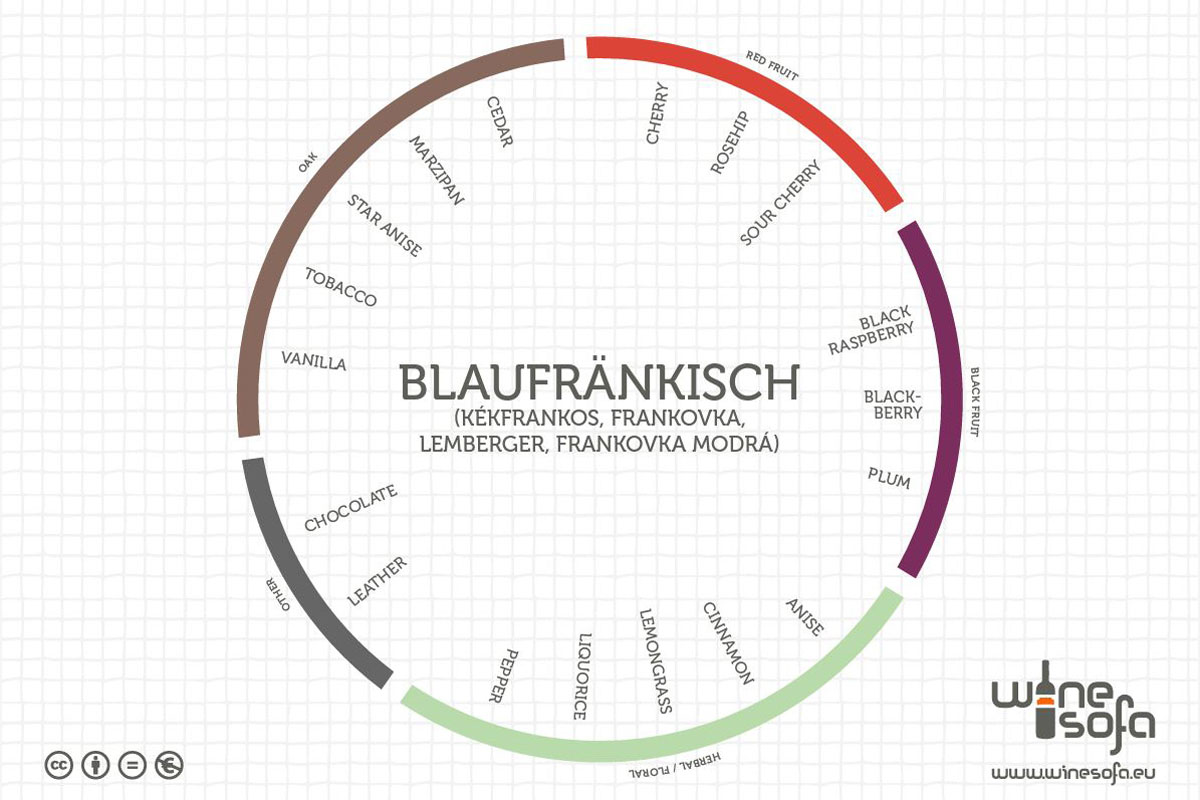
It’s important to note that Blaufränkisch wines can display a wide range of flavour profiles based on the winemaker’s choices and the unique characteristics of the vineyard site.
What to eat with Blaufränkisch?
Blaufränkisch is a versatile red wine that can pair well with various foods due to its balanced acidity, moderate tannins, and flavorful profile. Here are some of the most common food pairing suggestions to enhance your Blaufränkisch wine experience:
- Grilled Meats
Blaufränkisch’s dark fruit flavours and acidity make it a great match for grilled meats such as steak, lamb chops, sausages, and pork. The wine’s body and tannins complement the richness of the meats, while its acidity helps cut through the fat—a perfect pairing.
- Roasted Poultry
Whether it’s roast chicken, turkey, or duck, Blaufränkisch can provide a nice contrast to the savoury flavours of roasted poultry. The wine’s fruitiness and acidity can balance out the meat’s textures and flavours.
- Game Meats
Blaufränkisch’s earthy and spicy notes usually pair excellently with game meats like venison, rabbit, or boar. These meats often have robust flavours that match the wine’s complexity.
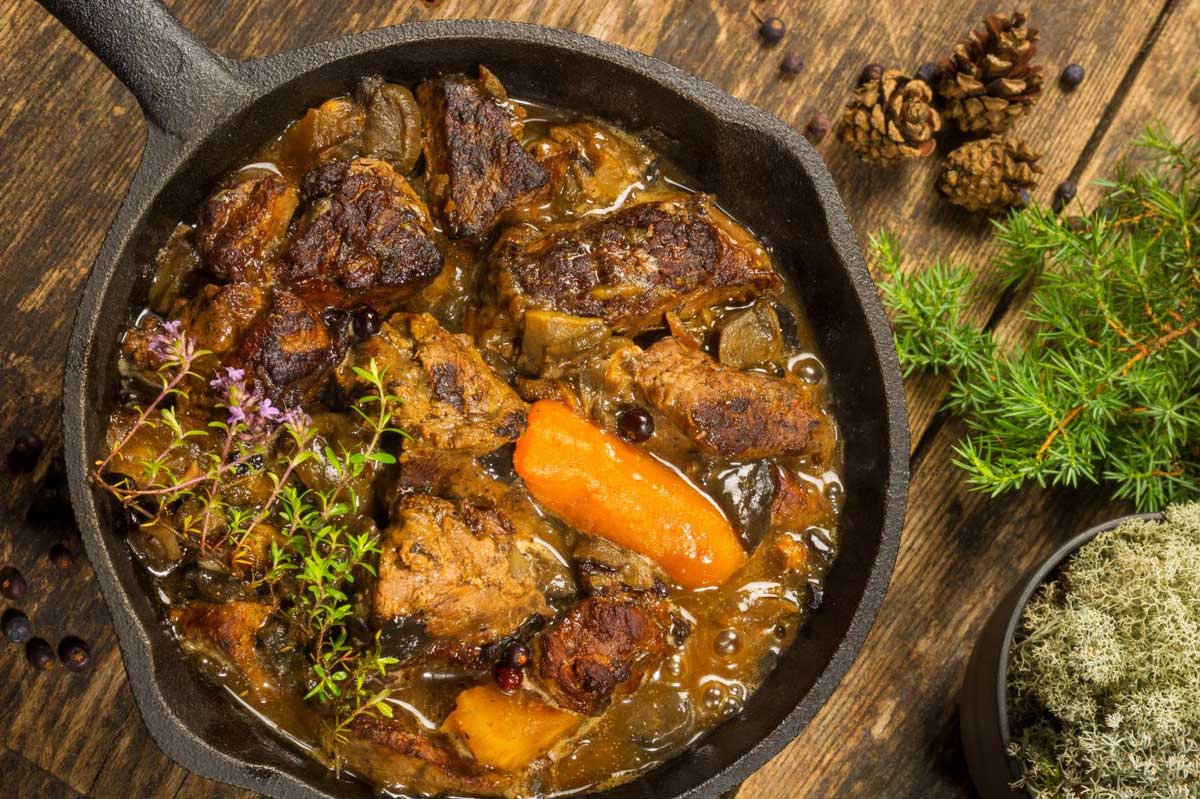
- Mushrooms
Earthy and umami-rich dishes featuring mushrooms, such as mushroom goulash or grilled portobello mushrooms, are another educated pairing suggestion for Blaufränkisch.
- Hard Cheeses
Like many fuller-bodied and structured red wines, aged and hard cheeses like aged cheddar, Gouda, or Parmesan are a delightful accompaniment—the Blaufränkisch’s freshness and tannin structure pair ideally with the cheese’s richness.
- Charcuterie
Blaufränkisch can be enjoyed with an assortment of cured meats and salami. The wine’s flavours can complement the variety of flavours in a charcuterie spread.
- Spiced Dishes
Blaufränkisch’s spice and herbaceous notes can work well with dishes with a touch of spice, such as grilled sausages with herbs or dishes featuring aromatic spices like black pepper or cloves.
- Grilled Vegetables
Most Blaufränkisch wines can enhance the flavours of grilled or roasted vegetables like bell peppers, eggplant, and zucchini.
- Game Birds
The Blaufränkisch’s versatile profile can also pair nicely with game birds like quail, pheasant, or squab.
- Dark Chocolate
If you’re in the mood for dessert, consider pairing Blaufränkisch with dark chocolate or chocolate-based desserts. The wine’s fruitiness can complement the chocolate’s richness.
Remember that personal taste preferences play a role in pairing wine with food, so don’t hesitate to experiment and find your own favourite combinations. When selecting your food pairings, it’s always a good idea to consider the specific characteristics of the Blaufränkisch you have on hand.
What type of wine is Blaufränkisch?
Blaufränkisch is a red wine grape variety. It is used to produce red wines that can range from light and fruity to more complex and full-bodied, depending on factors such as the region of cultivation, the winemaking techniques employed, and the specific style of the producer.
Blaufränkisch wines typically exhibit a range of flavours, including dark fruits like black cherry and plum, along with spice and herb notes. They often have a good level of acidity, which contributes to their freshness, and moderate tannins that provide structure to the wines. Blaufränkisch wines can be enjoyed young, with their vibrant fruit flavours, or they can also age well, developing more mature and nuanced characteristics over time.
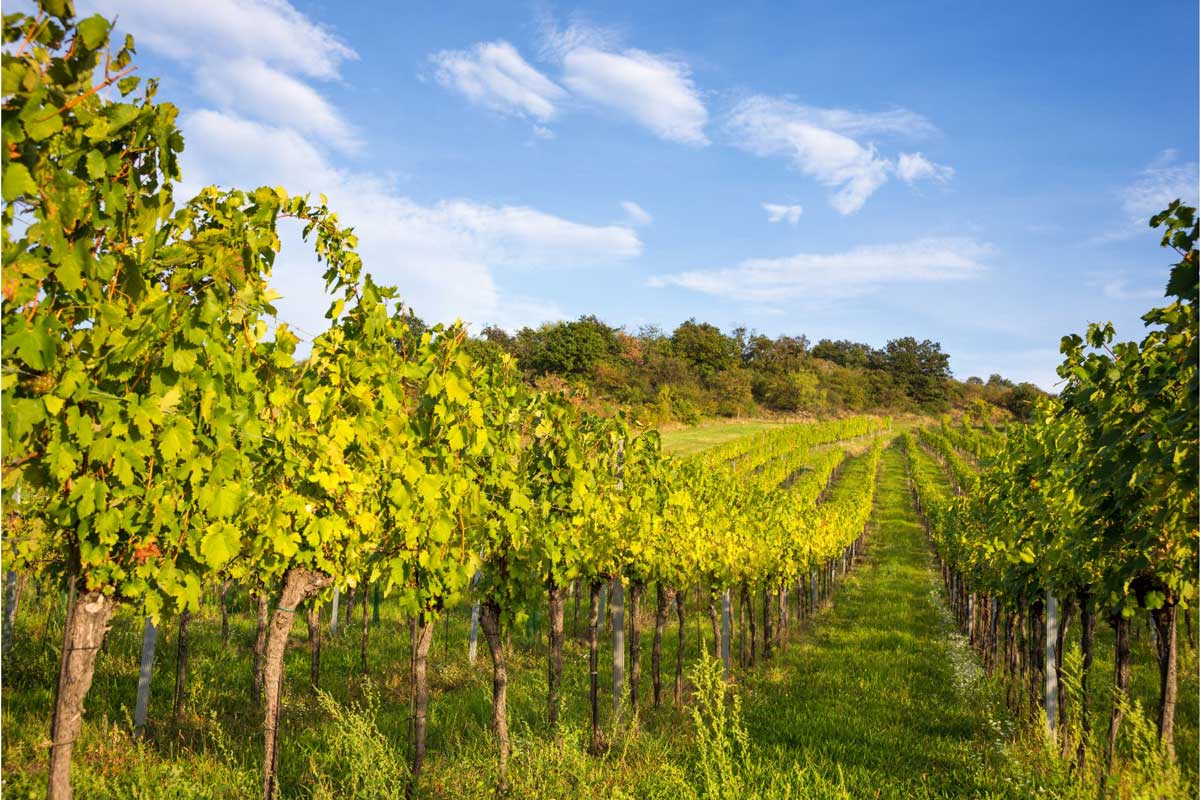
The grape is prominently grown in regions such as Austria (especially in Burgenland) and Hungary, where it is known as Kékfrankos. It’s known for its ability to reflect the terroir of different vineyard sites and produce wines with distinctive characteristics.
That is one of the reasons why Blaufränkisch is grown in other regions. Blaufränkisch is cultivated in some parts of Germany, particularly in the region of Baden. It is known as “Lemberger” in this context.
In Croatia, Slovakia and Chech Republic, Blaufränkisch is known as “Frankovka”. It is grown in various regions, including Slavonia and the Danube River region.
In Slovenia, it is refferend to as “Modra Frankinja”.
What is the difference between Cabernet Franc and Blaufränkisch?
While Cabernet Franc and Blaufränkisch are distinct grape varieties with differences in origin, flavour profiles, and regional expressions, there are a few reasons why some people might draw comparisons between them or find similarities.
Name Similarities
The names “Cabernet Franc” and “Blaufränkisch”, but especially “Frankovka” might sound somewhat similar to some wine enthusiasts, especially if they are less familiar with the specific characteristics of each grape.
The German term “Blaufränkisch” translates to “Blue Frankish” in English. The name likely refers to the bluish-black colour of the grape berries and the historical association of the variety with the Frankish (Franconian) region, which is an area in present-day Germany.
This linguistic similarity could lead to a perceived connection between the two.
Aromatic profile
Both grape varieties can exhibit berry flavours, though they tend to differ in the specific types of berries. Cabernet Franc more often displays a red berry aromatic spectrum, while Blaufränkisch usually carries dark berry flavours such as black cherry and blackberry.
Cabernet Franc is often associated with herbaceous and vegetal notes, such as green pepper or bell pepper. Blaufränkisch can also have herbal and spicy characteristics, contributing to a shared aromatic complexity, although quite distinct from Cab Franc spiciness.
Both grape varieties can show mineral and earthy aspects in their aromas, although the specific types of mineral notes might differ. Cabernet Franc from certain regions can display a stony or mineral-like character, while Blaufränkisch might exhibit mineral notes that express the particular earthiness profile.
Structural similarities and differences
Both varieties are known for their balanced structure. The specific balance of acidity, tannins, alcohol and fruit flavours creates a harmonious well-rounded wine.
Both Cabernet Franc and Blaufränkisch have the potential to produce wines that offer a harmonious interplay between acidity, tannins, and fruit characteristics.
These balanced qualities contribute to the overall appeal and versatility of Cabernet Franc and Blaufränkisch wines, making them enjoyable options for a range of occasions and culinary pairings.
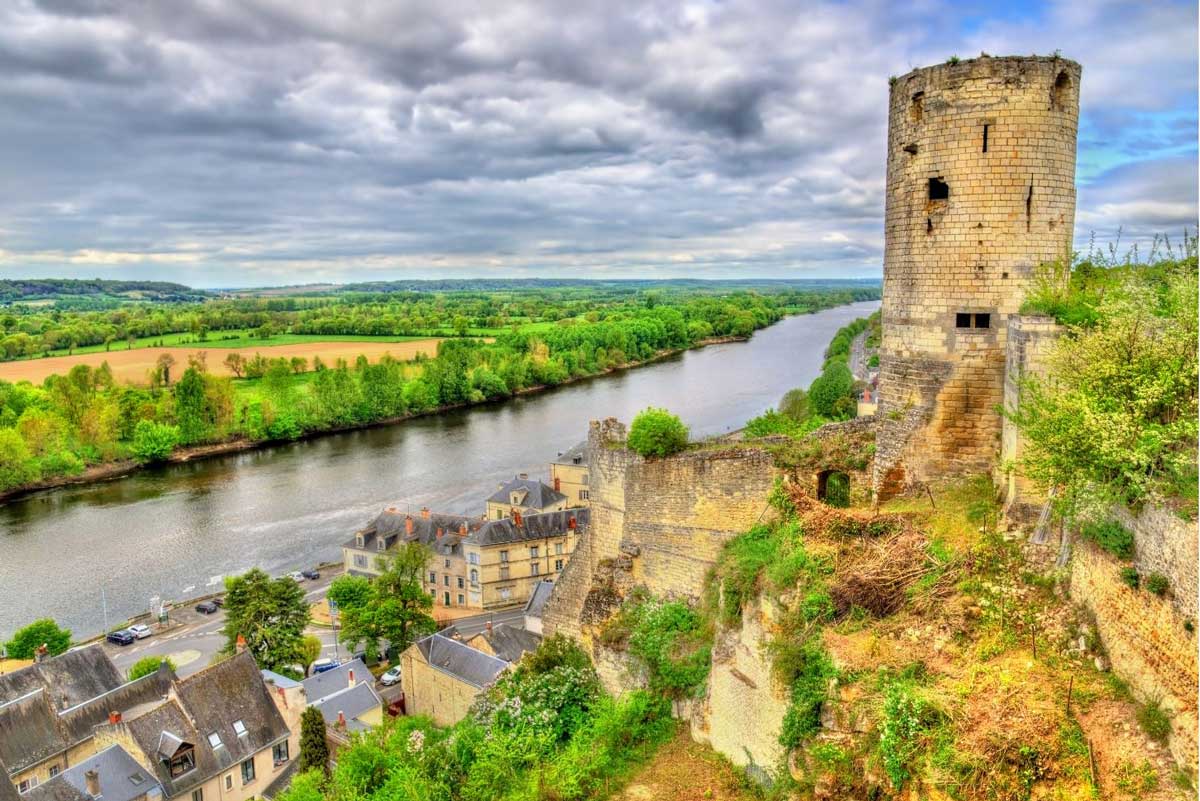
Terroir Expression
The terroir can significantly impact these wines, with variations based on soil, climate, and winemaking practices.
While grown in different regions, Cabernet Franc and Blaufränkisch are known for reflecting their terroir and vineyard site characteristics. This common trait can result in wines that express a sense of place.
Their ability to express the terroir of the vineyard where they are grown can result in wines that have unique mineral and soil-driven characteristics.
However, It’s important to note that these similarities might not be universally consistent across all wines made from Cabernet Franc or Blaufränkisch grapes. Each grape variety has its own range of flavours and aromas that can be influenced by factors specific to the region and winemaking style. Additionally, individual wine producers may emphasise different aspects of the grapes’ profiles, leading to variations in aromatic expression.
Key differences between Cabernet Franc and Blaufränkisch
Cabernet Franc and Blaufränkisch are both red wine grape varieties, but they have distinct characteristics regarding flavour, origin, and regional expression.
- Origin and Regions
Cabernet Franc: Cabernet Franc is believed to have originated in the Loire region of France. It is a widely planted grape variety in the Loire and the Bordeaux region and is also grown in many other wine regions worldwide.
Blaufränkisch: Blaufränkisch is primarily associated with Central Europe, particularly Austria and Hungary, but it is also grown in other countries in the region, such as Germany, the Czech Republic, Slovakia, and Croatia.
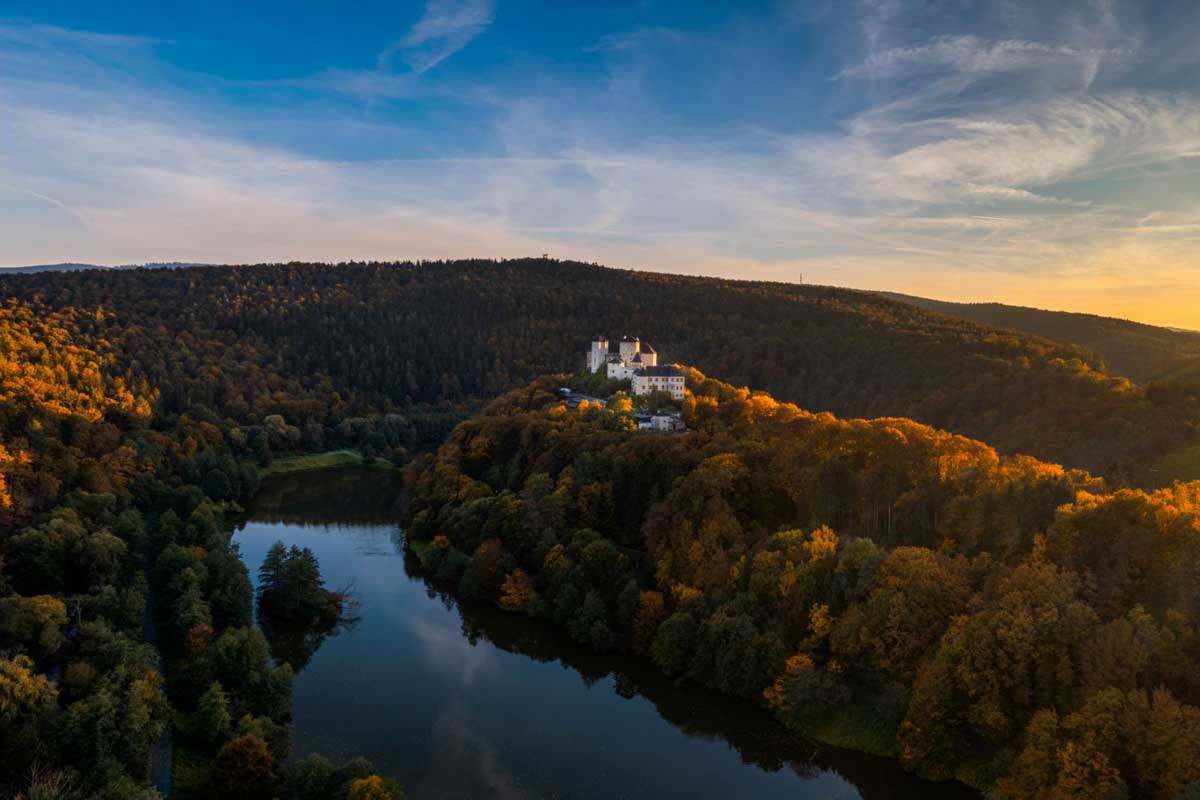
- Flavor Profile
Cabernet Franc: Cabernet Franc wines often have more red fruit flavours and herbal and sometimes floral notes. They can exhibit green pepper or bell pepper aromas and sometimes hints of tobacco or violets. Mineral aspects tend to be more stony; traditionally, they achieve a unique balsamic or barnyard scent.
Blaufränkisch: Blaufränkisch wines typically display more dark fruit flavours such as black cherry and plum and spice and herb notes. The wines can also have mineral and earthy characteristics, depending on the region, but in a different way.
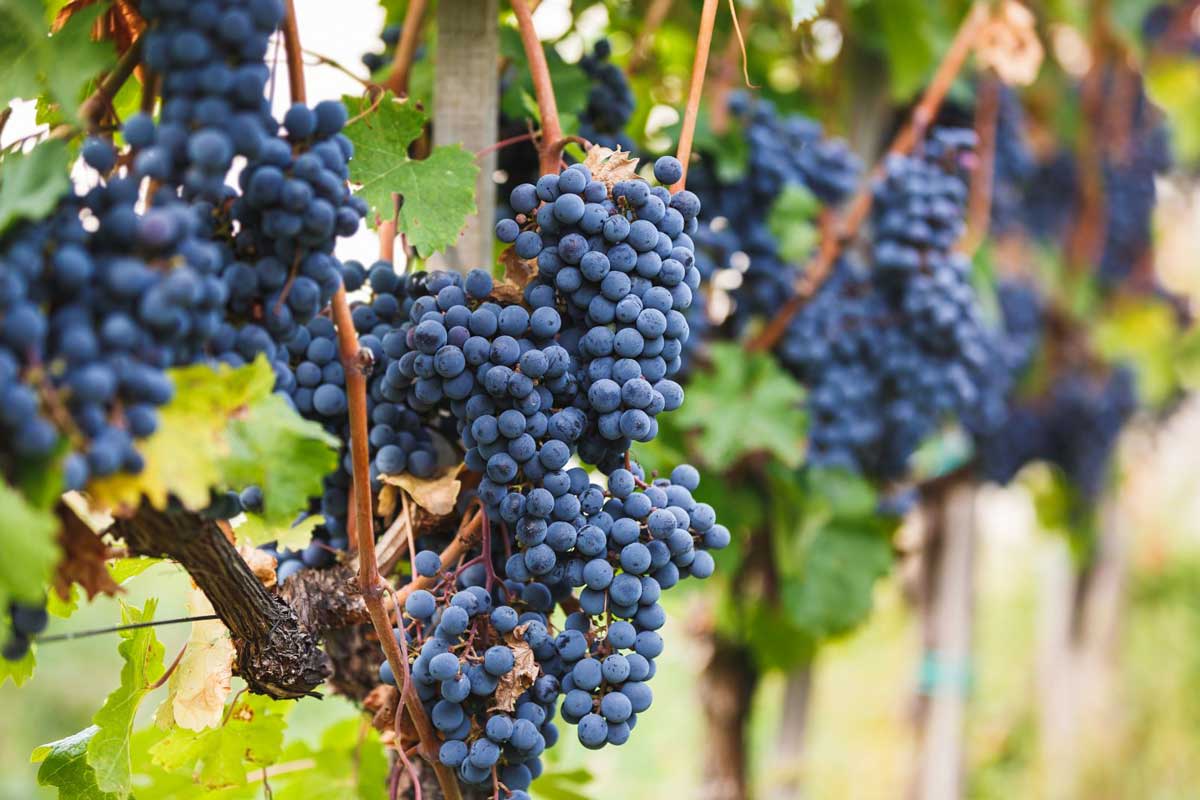
- Ageing Potential
Cabernet Franc: Cabernet Franc wines are known for their ageing potential, especially the finest ones from Chinon or Saumur appellations. They develop more complex flavours and aromas over time, sometimes decades.
Blaufränkisch: Blaufränkisch wines can also age very well, with gaining tertiary flavours and additional charm as they mature. However, they are not as widely recognised for their ageing potential as Cabernet Franc from Bordeaux. Consequently, many growers and winemakers do not seek to achieve that potential but rather make simpler wines.
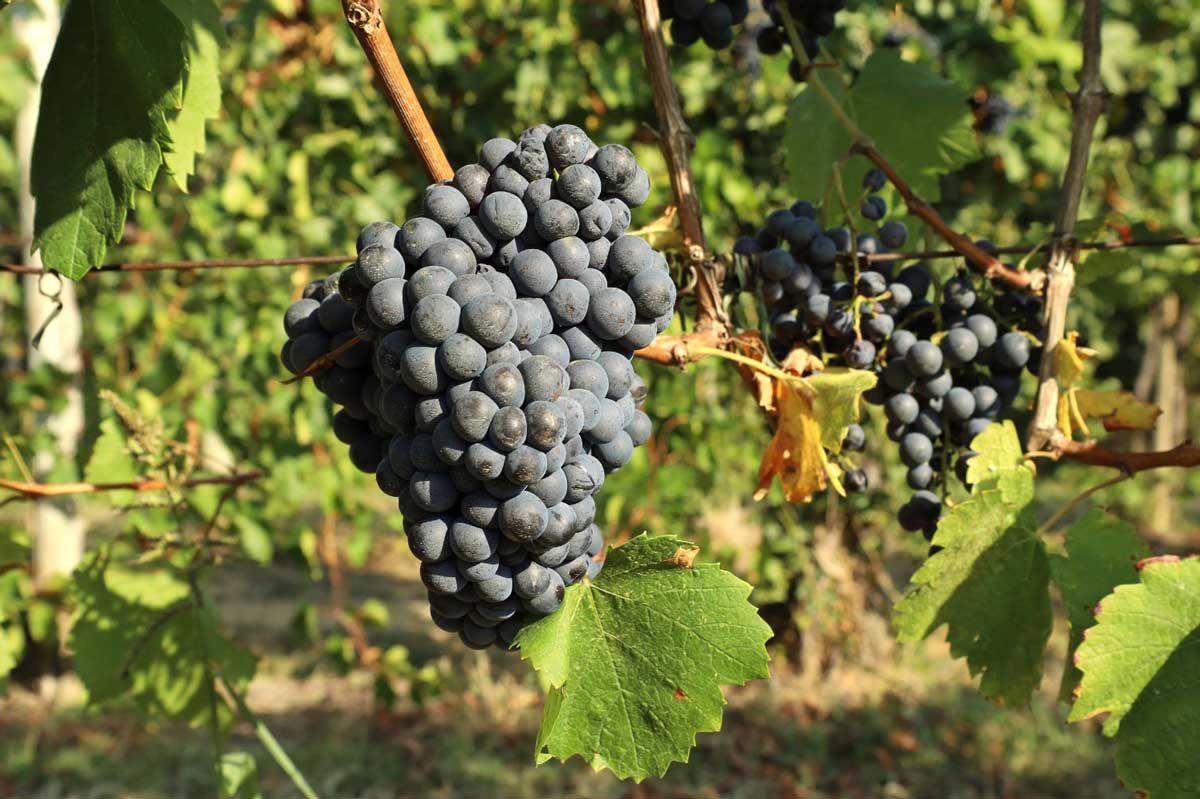
What is the other name for Blaufränkisch?
Various names in different regions know Blaufränkisch. In Austria, it is commonly referred to as “Blaufränkisch.” However, in other countries and regions, it goes by different names.
- Lemberger – In Germany, especially in the Württemberg region, Blaufränkisch is often known as “Lemberger.”
- Kékfrankos – In Hungary, Blaufränkisch is called “Kékfrankos.” It is a significant red grape variety in Hungarian winemaking, particularly in the Eger and Sopron regions.
- Frankovka – In Croatia, Slovakia and Czech Republic, Blaufränkisch is referred to as “Frankovka.”, or “Frankovka modrá.”. It is significant in the continental part of Croatia as one of the most planted red varieties in the Slavonia and the Danube region.
- Modra Frankinja – In Slovenia, like in other Central European countries, Blaufränkisch (Modra Frankinja) has historical and cultural significance in Slovenian winemaking.
These different names reflect the grape’s historical presence in various Central European regions and its importance in local winemaking traditions.
What is the history of Blaufränkisch?
The history of Blaufränkisch is deeply rooted in Central Europe, particularly in the regions of Austria and Hungary. Still, it also extends to neighbouring countries of Croatia, Slovenia, Slovakia and Chech Republic.
Here’s an overview of the historical journey of Blaufränkisch:
Origin and Early Cultivation
Blaufränkisch is believed to have originated in the region of Lower Styria, which is now part of modern-day Austria.
The grape has historical ties to the Frankish Empire, which gives rise to its name. “Blaufränkisch” translates to “Blue Frankish” in reference to the bluish-black colour of the grape berries and its association with the Franks.
The grape likely spread to Hungary and other neighbouring regions over the centuries.
Austrian and Hungarian Influence
Blaufränkisch became an important grape variety in Austria, particularly in the Burgenland region, where it is known for producing high-quality red wines.
In Hungary, Blaufränkisch is known as “Kékfrankos” and has a long history of cultivation. It is a key component in Hungarian red blends and is associated with the Eger and Sopron regions.
The grape has also been cultivated in other Central European countries such as the Czech Republic, Slovakia, and Croatia, countries that were a part of the former Austro-Hungarian Empire.
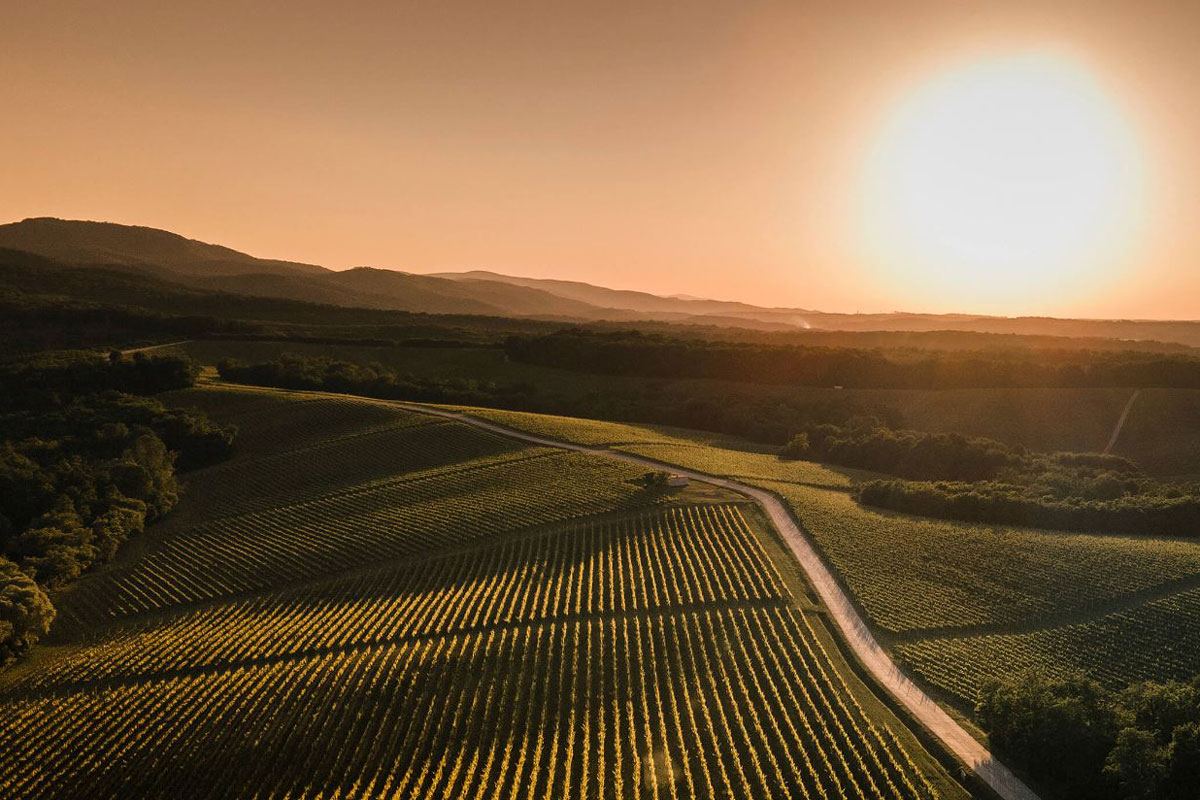
Modern Revival and Recognition
In the latter half of the 20th century, winemakers and consumers revived Blaufränkisch and began appreciating its potential for producing distinctive and terroir-driven wines.
Winemakers focused on improving viticultural and winemaking practices to highlight the grape’s unique characteristics.
Blaufränkisch gained recognition for its ability to express terroir and its capacity for ageing.
Today, Blaufränkisch remains a significant and respected red grape variety in Central Europe. It has also garnered international attention and interest among wine enthusiasts who appreciate its diverse flavour profile, the potential for terroir expression, and balanced structure. The history of Blaufränkisch reflects its role as an integral part of the region’s viticultural heritage.
Frankovka – Croatian take on Blaufränkisch
The grape is known as “Frankovka” in Croatia and is widely grown in various regions, particularly in the continental part of the country.
Frankovka is considered an indigenous grape variety in Croatia. It has been cultivated in the country for centuries and is essential to Croatia’s viticultural heritage. It is one of the country’s most widely planted red grape varieties.
Croatia, with a rich history of winemaking and a diverse range of indigenous grape varieties, regards Frankovka as one of the key red varieties contributing to the country’s wine culture. It is grown in several regions, including Slavonia and the Danube River region, where it has adapted to local climatic and soil conditions.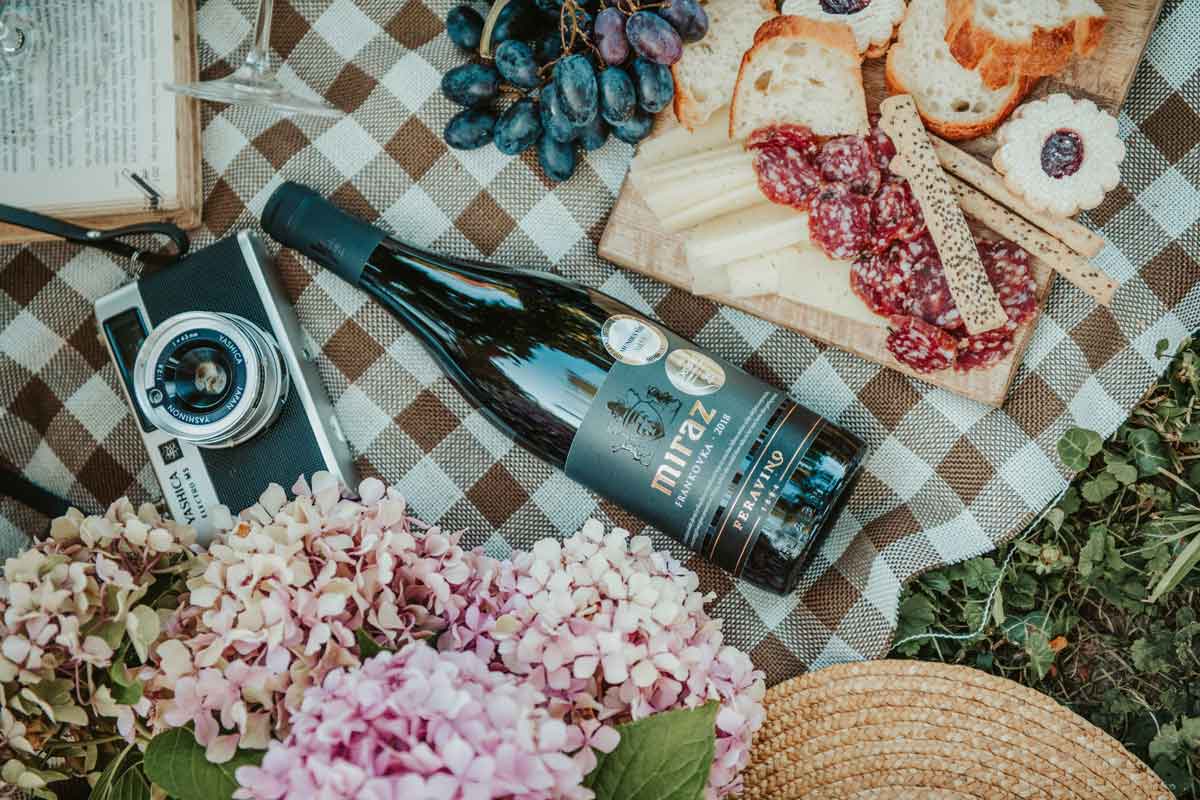
Frankovka wines from Croatia can exhibit a range of styles and characteristics, from light and easy drinking to more complex and structured. The grape’s indigenous status highlights its historical and cultural significance to the Croatian wine industry.
At the same time, Frankovka is paying tribute to its popularity and acceptance among winegrowers. Due to the inconsistency in the production of quality wines, a large part of which is the homemade wine or the indiscriminate approach of large wineries, Frankovka does not enjoy the status it deserves.
A good consequence of this is that some fantastic Frankovka wines can be obtained in Croatia at a very competitive price. A bad consequence is that ambitious wineries abandon Frankovka because they achieve better market results with introduced varieties, such as Merlot and Cabernet Sauvignon.
Croatian Frankovka in all its glory
An exception is one winery that held Frankovka in high esteem from day one. Today’s Enosophia inherits the tradition of breeding and training Frankovka.
Enosphia uses Frankovka grapes in several different ways. Each style is dedicated to achieving the finest expression of Frankovka in a particular embodiment.
- Sparkling Rose (Today Rose)
- Rose wine in two expressions (Matarouge and Dika)
- Red wine in two expressions, inox and wood aged (Lingua Franka)
- Sweet red wines from dehydrated late-harvest grapes
Although Enosophia grows and Cabernet Sauvignon, Merlot, Syrah, Pinot Noir, and many white varieties such as Chardonnay, Sauvignon Blanc, Riesling and indigenous Graševina, there is only one variety that they call “the queen of their vineyards.”
Frankovka in Feričanci, where Enosophia opened a new modern cellar in 2020, represents Slavonia’s true heart regarding red wines.
The tradition of winemaking here dates back to 1804. With the new development direction, the winery focused on quality, remaining loyal to traditional procedures that work and modern processing that achieves better definition and overall quality of wines.
This means the grapes will still be harvested manually but transformed into wine under controlled conditions. Every bubble in sparkling rose makes sense, just like every new sip of Lingua Franka confirms the previous and deepens the experience.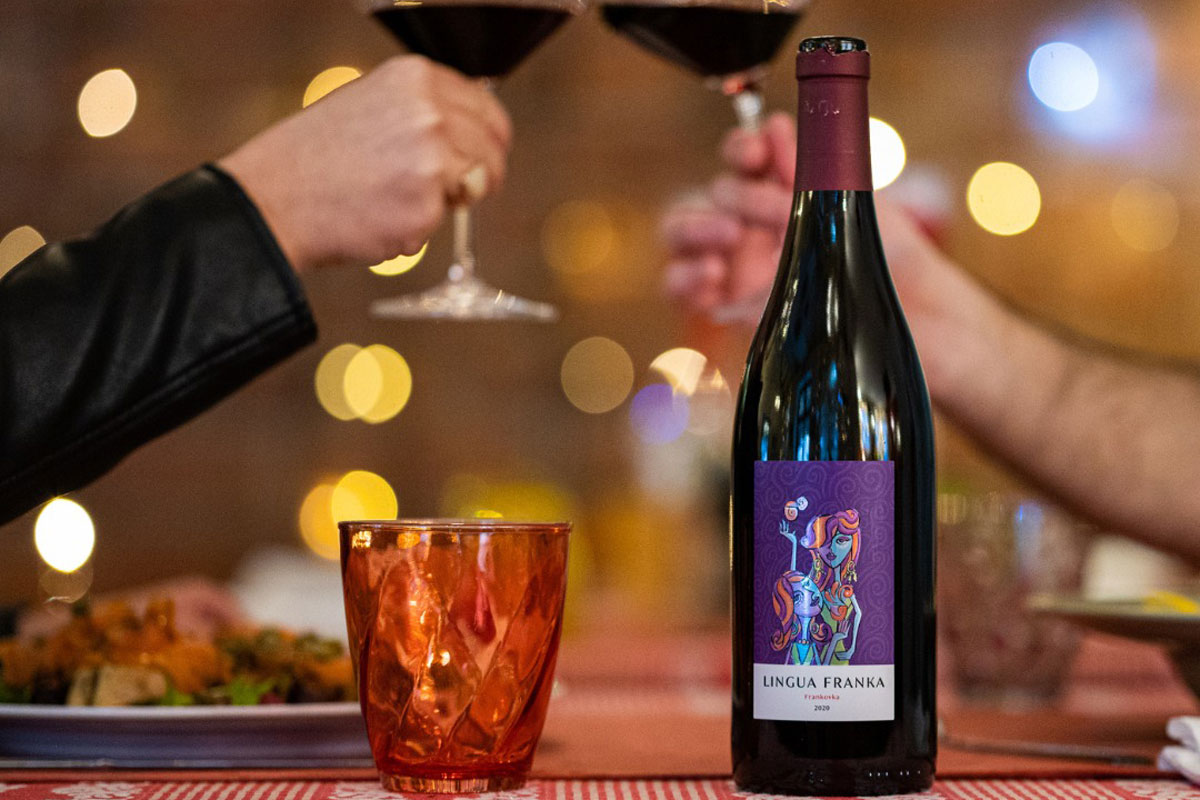
Lingua Franka is pure Frankovka, with a typical varietal aromatic profile introducing blackberries and black cherries supported by the spiciness of peppery and herbal aromas. Not too dry tannins in the long-lasting finish, elegant freshness, and a medium-bodied whole represent a well-made Frankovka, ideal to enjoy with various foods.
If this doesn’t excite you to taste the Croatian take on dry red Blaufränkisch, there is a whole range of Frankovka-based wines in the Slavonia and Enosophia lineup.
In the realm of red wines, Blaufränkisch and its Croatian counterpart, Frankovka, stand as tributes to the artistry of winemaking, embodying centuries of tradition and innovation. As you raise your glass to savour these wines, you embark on a sensory voyage that bridges cultures, landscapes, and flavours—a testament to the enduring magic that resides within each bottle.



















